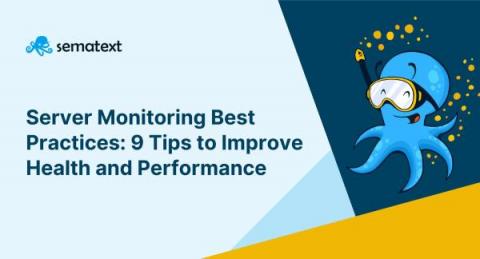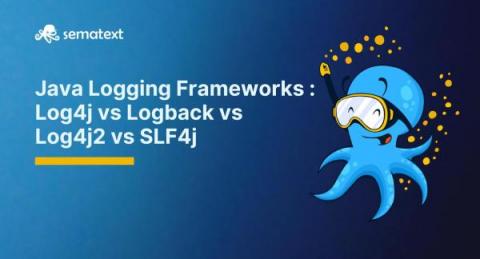Operations | Monitoring | ITSM | DevOps | Cloud
Sematext
Server Monitoring Best Practices: 9 Tips to Improve Health and Performance
Businesses that have mission-critical applications deployed on servers often have operations teams dedicated to monitoring, maintaining, and ensuring the health and performance of these servers. Having a server monitoring system in place is critical, as well as monitoring the right parameters and following best practices. In this article, I’ll look at the key server monitoring best practices you should incorporate into your operations team’s processes to eliminate downtime.
What To Do When Elasticsearch Data Is Not Spreading Equally Between Nodes
Elasticsearch (ES) is a powerful tool offering multiple search, content, and analytics capabilities. You can extend its capacity and relatively quickly horizontally scale the cluster by adding more nodes. When data is indexed in some Elasticsearch index, the index is not typically placed in one node but is spread across different nodes such that each node contains a “shard” of the index data. The shard (called primary shard) is replicated across the cluster into several replicas.
Key Elastic Dev Commands for Troubleshooting Disk Issues
Disk-related issues with Elasticsearch can present themselves through various symptoms. It is important to understand their root causes and know how to deal with them when they arise. As an Elasticsearch cluster administrator, you are likely to encounter some of the following cluster symptoms.
Best Apache Solr Tips and Tricks. Ep.06 #solr #devops
The Best Tips and Tricks for Apache SOLR
Best Apache Solr Tips and Tricks. Ep.04 #solr #devops
Best Apache Solr Tips and Tricks. Ep.05 #solr #devops
Best Apache Solr Tips and Tricks. Ep.03 #solr #devops
Java Logging Frameworks Comparison: Log4j vs Logback vs Log4j2 vs SLF4j Differences
Any software application or a system can have bugs and issues in testing or production environments. Therefore, logging is essential to help troubleshoot issues easily and introduce fixes on time. However, logging is useful only if it provides the required information from the log messages without adversely impacting the system’s performance. Traditionally, implementing logging that satisfies these criteria in Java applications was a tedious process.











